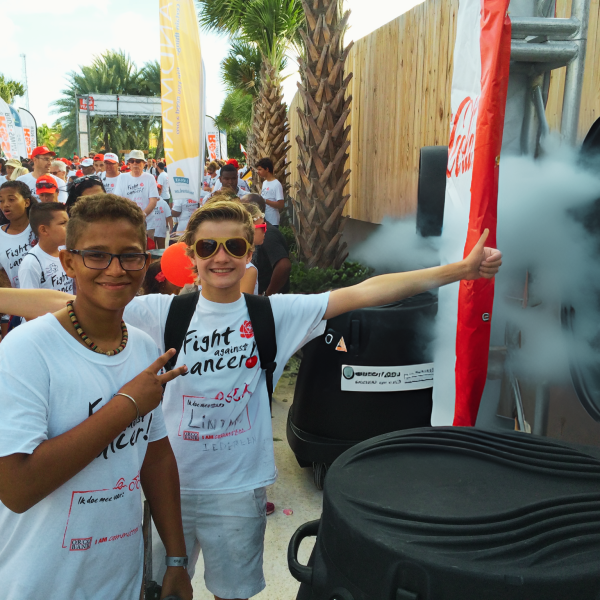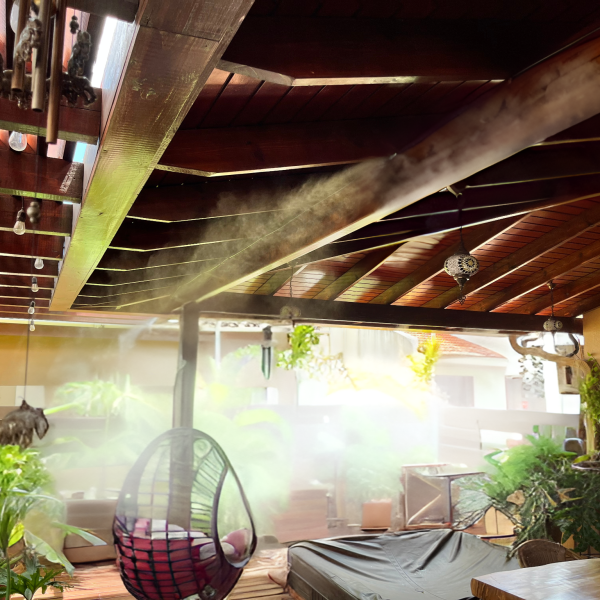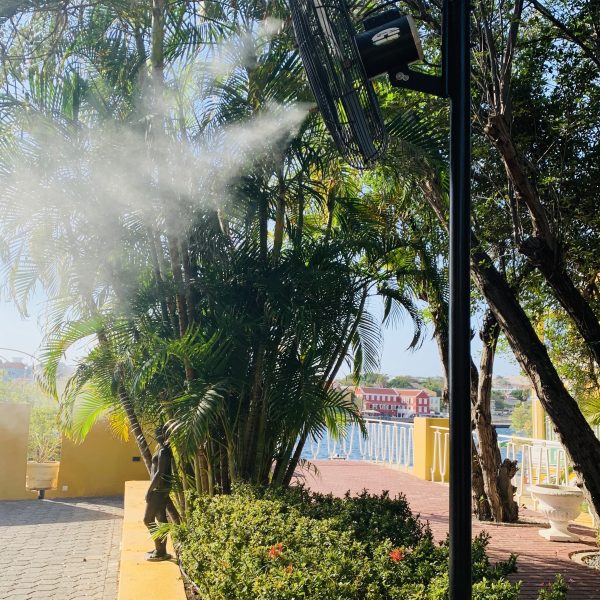SMARTBIO SYSTEMS
“Drawing from 15 years of expertise, we excel in industrial-grade Cooling & Ventilation solutions that consistently surpass expectations.”
From factory mist cooling & ventilation systems to cutting-edge humidification solutions, we cater to diverse industrial needs.”
“From Concept to Completion, We Handle It All”
INDUSTRIAL SOLUTIONS
ADVANCED MIST COOLING
ADVANCED HORTICULTURE & LIVESTOCK
Trusted by










What we do
- Industrial Cooling
- Refrigeration Pre-Cooling
- Maximize AC efficiency
- Reclaim lost AC Cooling power
- Reduce CO2 emissions
- Mist based energy saving solution
- Outdoor Cooling
- Hospitality Cooling
- Restaurant Patio Cooling
- Dust Suppression
- Clearing dusty skies
- Odor Control
- Humidification Control
- Special Effects
- Improving athletic performance
- Pest Control Misting
- Next-Gen Agricultural Solutions
- High-tech Agriculture Consulting
Blogs

Demystifying Misting Systems: Are They Safe?
Demystifying Misting Systems: Are They Safe?
Misting systems have gained popularity as effective solutions for cooling and refreshing outdoor spaces, but as with any innovative technology, questions about …
•
November 2, 2023
•
Blog
•
No Comments

Exploring the Versatility of Misting Systems: Where Can They Be Used ?
Exploring the Versatility of Misting Systems: Where Can They Be Used ?
Misting systems have quickly become a popular and versatile solution for enhancing various environments, from commercial spaces to outdoor retreats. These innovative …
•
October 27, 2023
•
Blog
•
No Comments

How does a Misting system work?
How does a Misting system work?
Misting systems are devices that use a combination of water and air pressure to create a fine mist. They are commonly used …
•
October 15, 2023
•
Blog
•
No Comments
ALl blogs
Mist FAQ
A misting system is a device that sprays a fine mist of water into the air to create a cooling effect by evaporative cooling.
How does a misting system work?
A misting system works by forcing water through specialized nozzles that atomize the water into tiny droplets. These droplets quickly evaporate, reducing the surrounding air temperature.
Where can misting systems be used?
Misting systems are versatile and can be used in various settings, such as outdoor patios, restaurants, warehouses, agricultural settings, and amusement parks, to provide cooling and create a more comfortable environment.
Yes, misting systems are safe when used properly. The mist consists of fine water droplets and does not pose any health risks. However, it’s important to ensure proper maintenance and regular cleaning to prevent bacterial growth.
Do misting systems waste a lot of water?
No, misting systems are designed to use water efficiently. The droplets evaporate quickly, minimizing water consumption compared to traditional cooling methods.
Can misting systems be used indoors?
Yes, misting systems can be used indoors, but proper ventilation and humidity control should be considered to prevent excessive moisture buildup.
How do I maintain a misting system?
Regular maintenance involves cleaning the nozzles, checking for clogs or blockages, and ensuring proper water filtration to prevent mineral buildup. It’s recommended to follow the manufacturer’s guidelines for specific maintenance instructions.
Can I customize the misting system to suit my specific needs?
Yes, misting systems can be customized to fit your specific requirements. They can be designed to cover specific areas, incorporate timers or sensors for automated operation, and adjust misting intensity.
Can misting systems be used in colder climates?
Misting systems are more commonly used in hot and dry climates for cooling purposes. In colder climates, they can still be used for humidification or dust suppression applications.
Are misting systems energy-efficient?
Yes, misting systems are generally energy-efficient compared to air conditioning systems. They consume less energy and can provide localized cooling, reducing the need to cool larger spaces.

